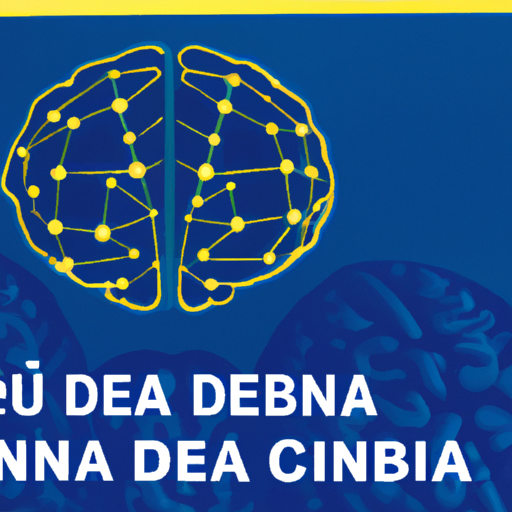The Science behind CBD: How it Works
Unraveling the science behind CBD–how it works and what research says–is crucial in understanding its potential health benefits and safety profile. CBD, or cannabidiol, is one of over 100 cannabinoids found in the cannabis plant. It’s garnered massive attention over the past few years due to its purported health benefits, including pain relief, anxiety reduction, and sleep improvement. Despite its growing popularity, many are still unsure how CBD interacts with the body and what the existing research says.
CBD functions by interacting with the body’s endocannabinoid system (ECS)—a complex cell-signaling system that plays key roles in regulating a range of functions and processes, including sleep, mood, appetite, memory, reproduction, and homeostasis. Unlike THC (tetrahydrocannabinol), the psychoactive compound responsible for cannabis’s “high,” CBD doesn’t bind directly to the ECS’s CB1 and CB2 receptors. Instead, it influences the system to use its own cannabinoids more effectively.
What Does the Research Say?
When it comes to evaluating the science behind CBD and what research says, it’s vital to understand that much of the research is preliminary. However, the studies available—both preclinical and clinical—have shown promising results. For instance, Epidiolex, a CBD-based drug, has been FDA-approved for treating certain seizure disorders, after clinical trials verified its efficacy and safety.
Moreover, numerous anecdotal reports and preliminary studies suggest CBD may offer relief for conditions like chronic pain, anxiety, and insomnia. A 2018 review examined numerous studies on CBD and pain, concluding that CBD could have therapeutic potential in managing chronic pain. Similarly, various studies suggest CBD might help with anxiety and sleep disorders, but these benefits still require more extensive, high-quality human trials to confirm the claims.
Despite these promising prospects, it’s crucial to note CBD’s side effects. While generally well-tolerated, some people might experience dry mouth, diarrhea, reduced appetite, drowsiness, and fatigue when using CBD. Therefore, new users are encouraged to consult with healthcare professionals before starting their CBD journey.
What’s Next for CBD Research?
As for the future of the science behind CBD, there’s a lot to anticipate. More comprehensive studies are on the horizon to determine CBD’s safety and efficacy in a broader range of conditions, extending beyond pain and mental health disorders. The potential for CBD as an anti-cancer agent is also being investigated, along with possible applications in addiction treatment and neuroprotective treatments.
As the clinical trials progress and our understanding of CBD deepens, clarity will follow. Maintaining a balanced view, acknowledging both the potential benefits and the risks, is crucial when considering CBD as a therapeutic option. While CBD shows promise, it is important to remember that it is not a cure-all, and individual experiences may vary.
Thank you very much for reading our content. We will be delighted to assist you through our contact. A review on Google also greatly helps us.
